Airport security lines steal precious hours of your travel time each year. In fact, the average traveler wastes 41 minutes in airport queues per trip, adding unnecessary stress before you even board. But here’s the thing – frequent flyers navigate these same checkpoints in under 15 minutes using surprisingly simple techniques. How do they do it? They combine strategic check-in timing with smart lane selection and proper preparation that security agents actually appreciate. And don’t worry – these methods don’t require special status or connections, just a bit of savvy planning.
Your next trip can be dramatically different.
14. Smartphone Flight Tracking Hack
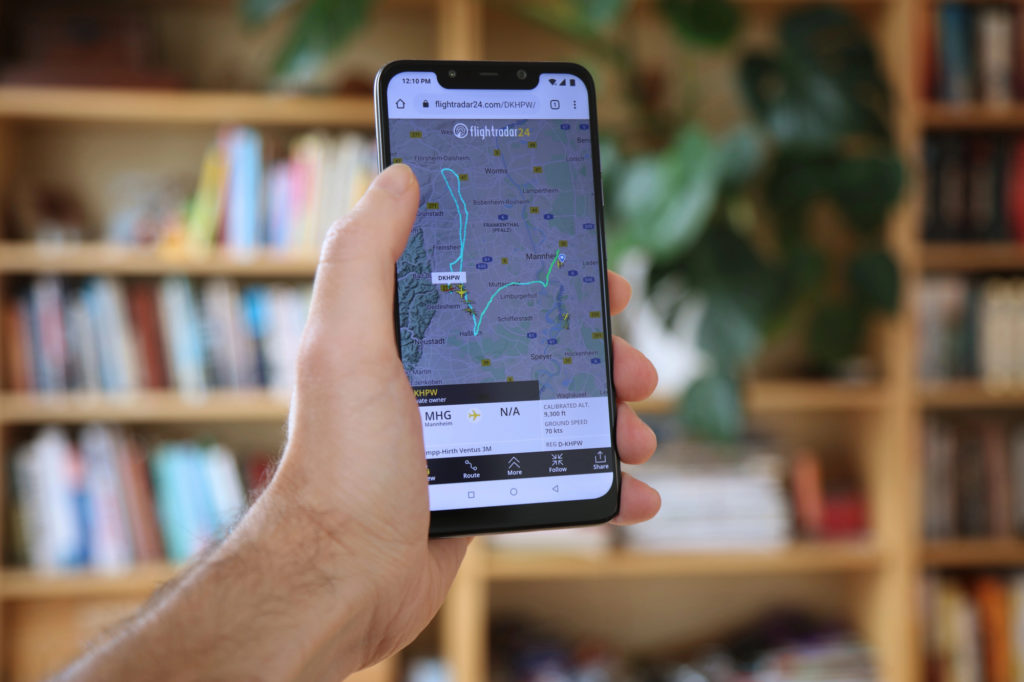
The flight tracking feature built into most smartphones transforms your device into a real-time airport information system without downloading a single app. Text the airline code plus flight number to yourself. Simple as that. The text converts to a clickable link that delivers real-time updates.
Gate changes? Delays? Baggage carousel assignments? All accessible with one tap.
This works like having a personal airport assistant—except this one never takes breaks or gives attitude. Sarah used this trick while awaiting her mother’s flight from Chicago. She enjoyed her coffee shop time without the classic airport pacing routine, knowing her phone would alert her exactly when to head to arrivals.
Most smartphones handle this beautifully. Airlines continue enhancing these features, so the information gets more detailed and useful with each passing season.
13. Smartphone Baggage Measurement Hack
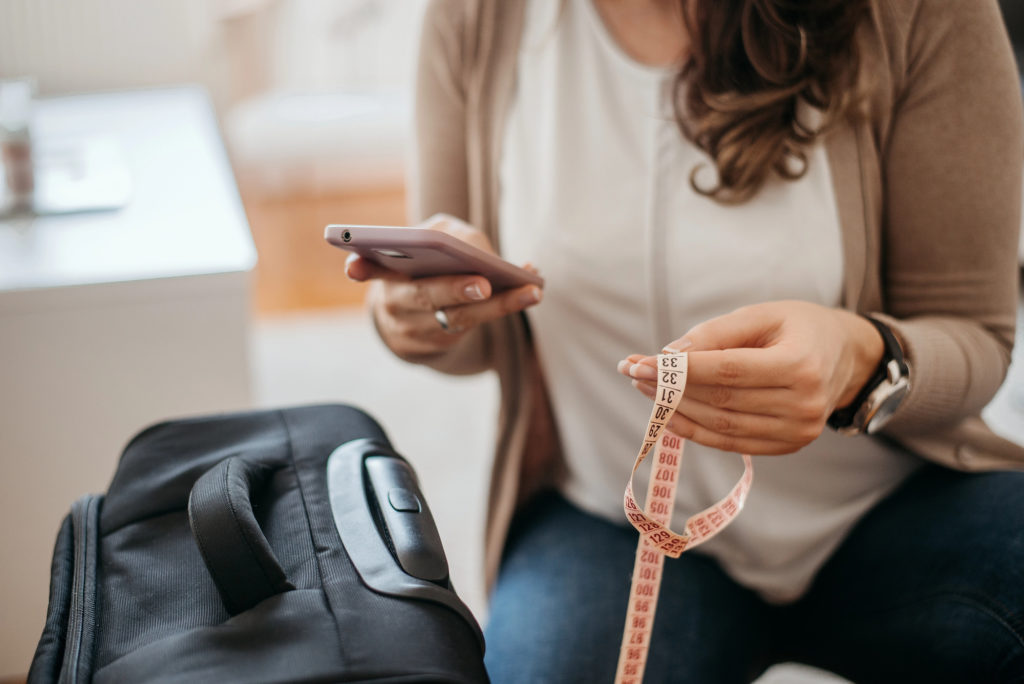
Over 2.6 million travelers paid unexpected baggage fees last year—a financial ambush your smartphone can help you avoid entirely. They’re basically the plot twist nobody asked for in your travel story.
Use your phone’s built-in measuring tools to avoid this drama. iPhone users have the Measure app pre-installed. Android folks can download “AR Ruler” from the Play Store.
Capture screenshots of your measurements as evidence. Different airlines enforce different size limits (because standardization would just be too convenient, apparently).
A recent travel survey found 32% of passengers faced unexpected baggage fees at gates. That’s roughly one in three travelers paying for the privilege of watching their bag travel three feet away from them on the same plane.
This simple hack saves $65-$95 per bag on each trip. That’s money better spent on actual vacation experiences.
12. Strategic Use of Departure and Arrival Lanes

Over 2.6 million travelers paid unexpected baggage fees last year—a financial ambush your smartphone can help you avoid entirely. They’re basically the plot twist nobody asked for in your travel story.
Use your phone’s built-in measuring tools to avoid this drama. iPhone users have the “Measure” app pre-installed. Android folks can download “AR Ruler” from the Play Store.
Capture screenshots of your measurements as evidence. Different airlines enforce different size limits (because standardization would just be too convenient, apparently).
A recent travel survey found 32% of passengers faced unexpected baggage fees at gates. That’s roughly one in three travelers paying for the privilege of watching their bag travel three feet away from them on the same plane.
This simple hack saves $65-$95 per bag on each trip. That’s money better spent on actual vacation experiences.
11. Google Maps Airport Navigation
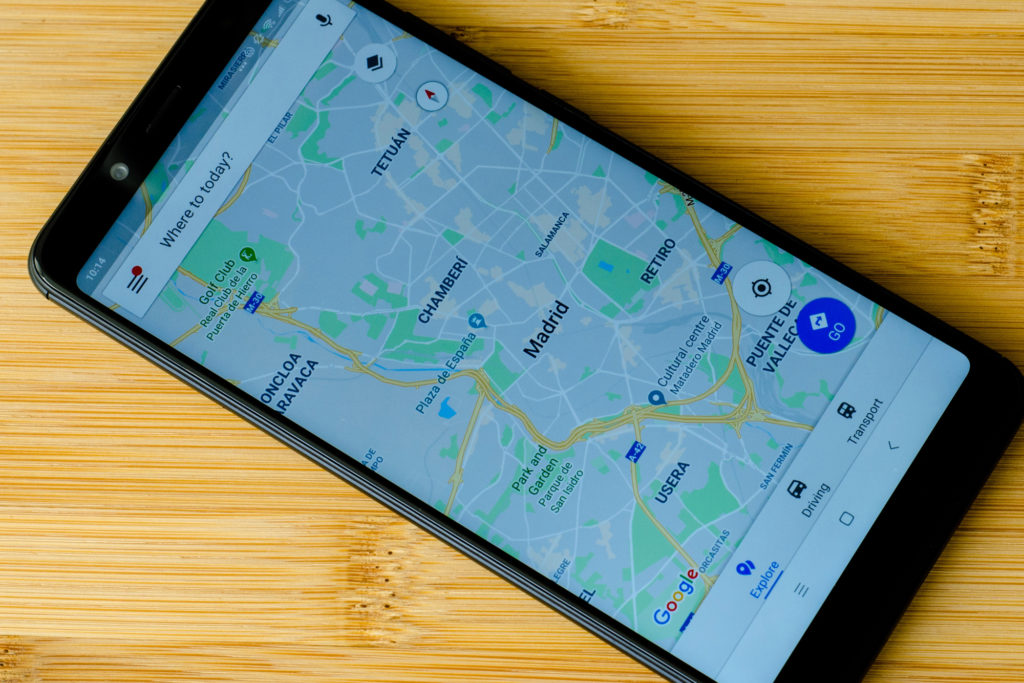
Lost in sprawling airport terminals costs travelers precious pre-flight minutes, but Google Maps’ indoor navigation eliminates this stress completely. Google Maps solves this chaos. Search for your airport, tap on it, and select your terminal.
Detailed indoor maps appear instantly. Gates, shops, restrooms—all there with estimated walking times between them.
Need pre-flight fuel? Restaurant options appear with reviews and hours. Those chicken fingers might be tasty, but are they worth the 15-minute walk from your gate? Now you’ll know.
The app also reveals hidden gems like meditation spaces and airport chapels. These quiet zones offer what feels like the airport equivalent of finding Narnia—an unexpected pocket of peace amid travel mayhem.
10. Setting a Boarding Alarm
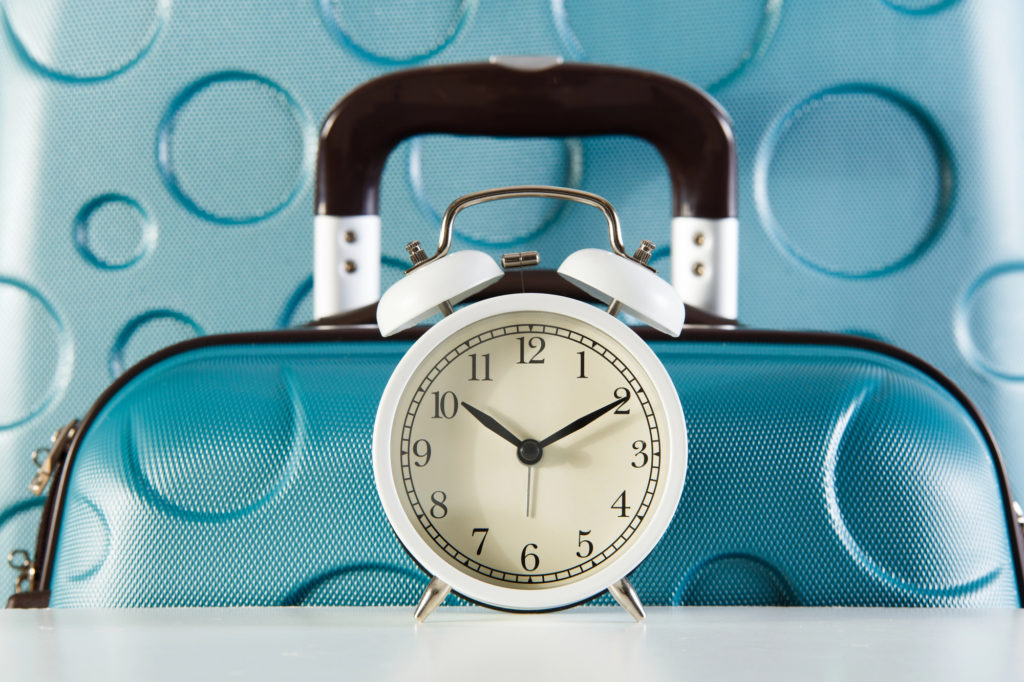
Gate door closures wait for no one, but a strategically set boarding alarm ensures you’ll never sprint through terminals again. Right up there with realizing your passport expired yesterday.
Set phone alarms strategically. Gates close 10 minutes before scheduled departure—a fact that apparently surprises 22% of travelers.
Domestic flights typically begin boarding 30-40 minutes prior. International flights start the passenger herding process up to an hour beforehand. Create two alarms for foolproof results: 60 minutes pre-flight for international (45 for domestic) and another at the 30-minute mark.
Add your gate number to the alarm label. You might lose track of time while emptying your wallet at airport shops or watching that show you downloaded specifically for the trip.
9. Choosing Comfortable and Classy Clothing
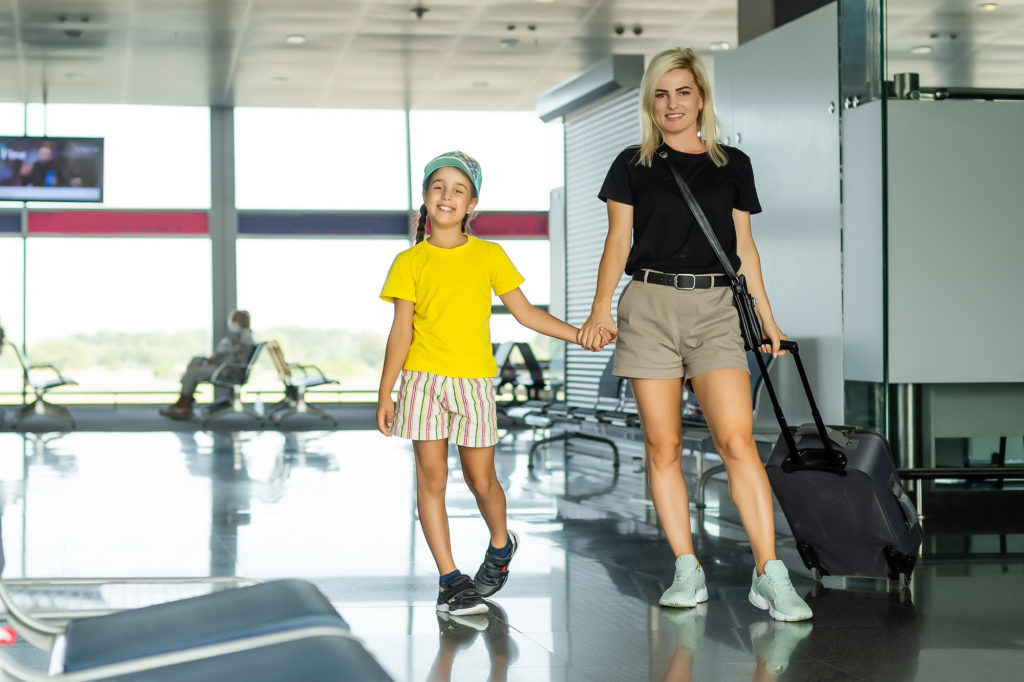
Travel wardrobes typically force choosing between comfort and style, but modern travel-specific clothing eliminates this unnecessary compromise. Modern options deliver both.
Jeans with flexible denim and stretchy waistbands provide comfort during long flights. They maintain a put-together appearance while allowing actual movement—like having cake and eating it too, but for your wardrobe.
Travel fashion expert Grace Chen recommends dark wash jeans specifically. “They hide spills and wrinkles while transitioning easily from flight to business dinner.”
Brands like Aviator, Lululemon, and prAna specialize in travel-friendly clothing that combines professional appearance with athletic comfort. These pieces work harder than airport Wi-Fi during a delay.
Dark fabrics prove particularly useful during inevitable travel mishaps. That businessman who spilled coffee mid-flight? He still arrived at his meeting looking immaculate thanks to his indigo jeans.
8. Strategic Check-in Line Selection
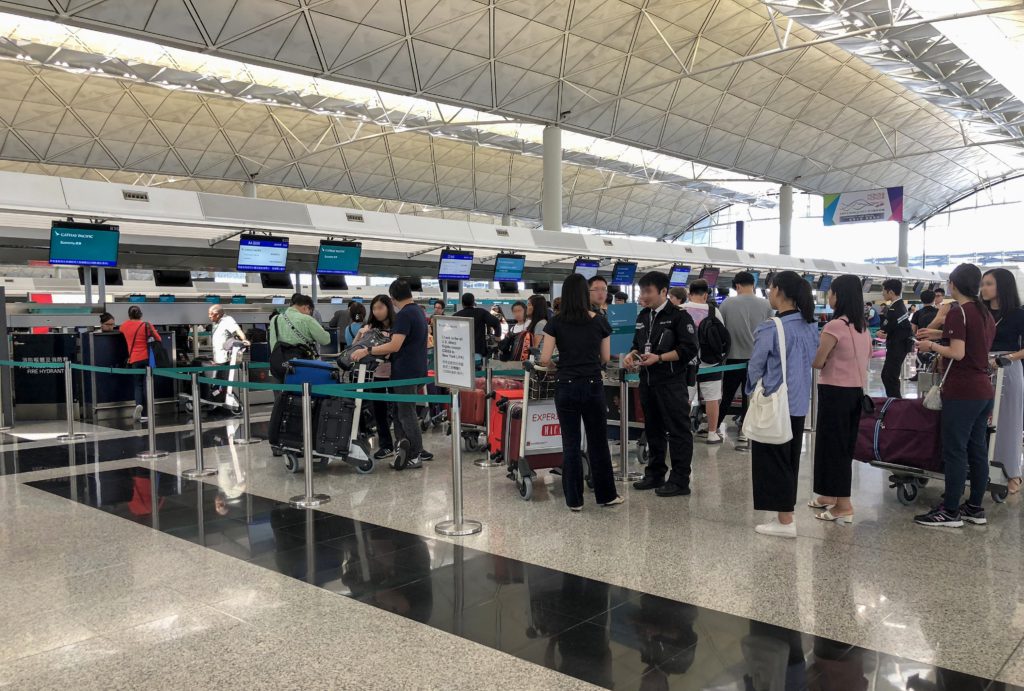
Stuck in airport traffic while your departure time approaches? The opposite-lane trick cuts through congestion when conventional routes fail. Use this knowledge to your advantage. Drop-offs? Use arrival lanes during the morning rush. Pickups? Try departure lanes during afternoon arrival peaks.
Traffic flows heavier in the expected direction, so swimming against the current pays off. The time saved feels like finding a secret warp zone in a video game.
A frequent business traveler tested this at LAX during Friday rush hour. He reached his terminal 12 minutes faster than using the prescribed lanes.
Also worth exploring are the upper and lower-level entrances. These alternative routes often bypass main-level congestion completely. Terminal elevators and escalators connect these less-traveled paths to your destination.
7. Skip Duty-Free
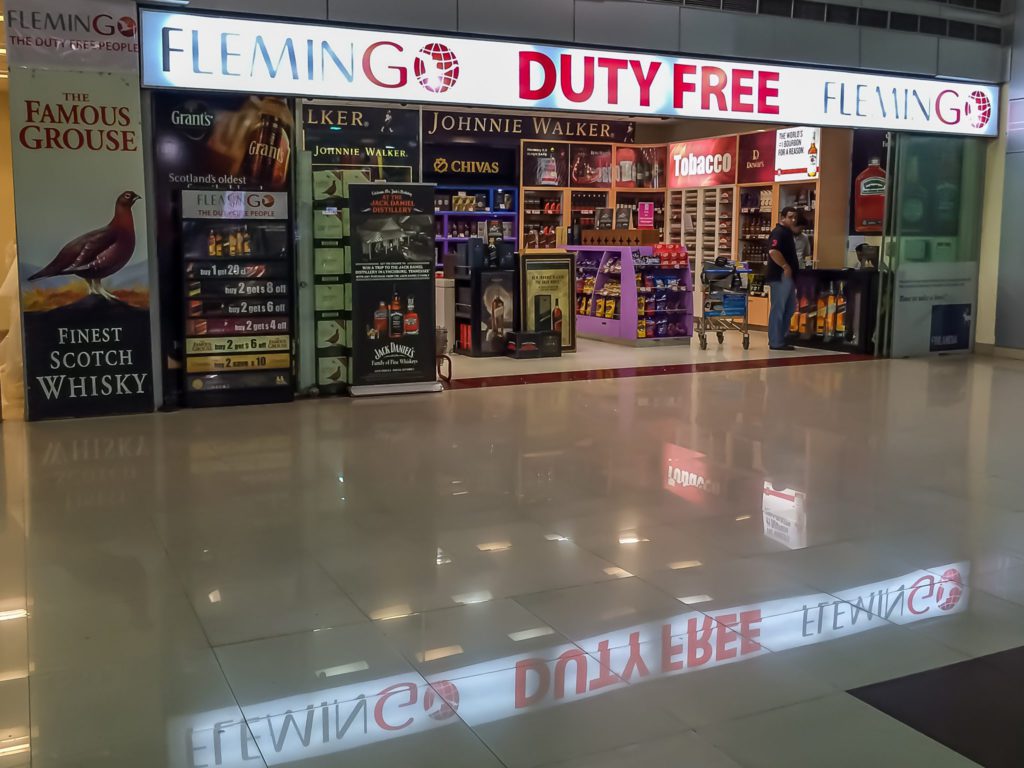
Duty-free shops charge an average 30% markup on most items while paradoxically promising savings—a contradiction smart travelers recognize immediately.
These stores function like those carnival games where winning seems easy but rarely happens. Products frequently carry higher markups than regular retail, with any tax savings absorbed by increased base prices.
A recent consumer study found 76% of duty-free purchasers hadn’t planned those buys before entering the store. The shops are designed like casinos—maze-like layouts, strategic lighting, and psychological tricks that keep you browsing.
Certain items do offer genuine value. Alcohol and tobacco in high-tax countries like Norway or Singapore might save you 30-40%. For everything else, a quick price comparison on your phone reveals the truth.
Smart travelers compare prices before making duty-free purchases. The “exclusive airport deal” often exists only in the marketing materials.
6. 4S Security Spotlight
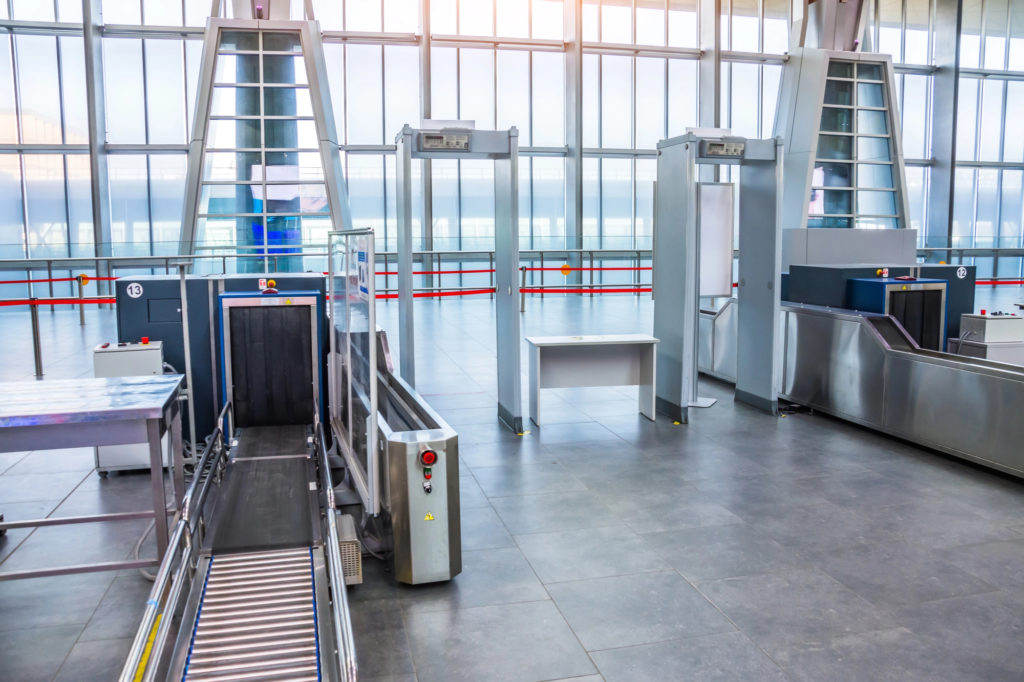
The dreaded security ‘random selection’ process follows patterns that savvy travelers can recognize and often avoid.
The “4S” security spotlight means extra scrutiny. While random selection can’t be completely avoided, you can reduce your chances of winning this unwanted lottery.
Wear simple clothing without excessive metal. Empty ALL pockets completely—even that gum wrapper might trigger additional screening. Declare liquids and electronics proactively.
Arrive with plenty of time. Rushing through security has the same effect as wearing a t-shirt that says “Please Search Me Thoroughly”—it raises suspicion without meaning to.
The full-body scanner uses technology that detects objects beneath clothing. Your careful preparation benefits everyone in line behind you too.
5. Outdated Liquid Rules
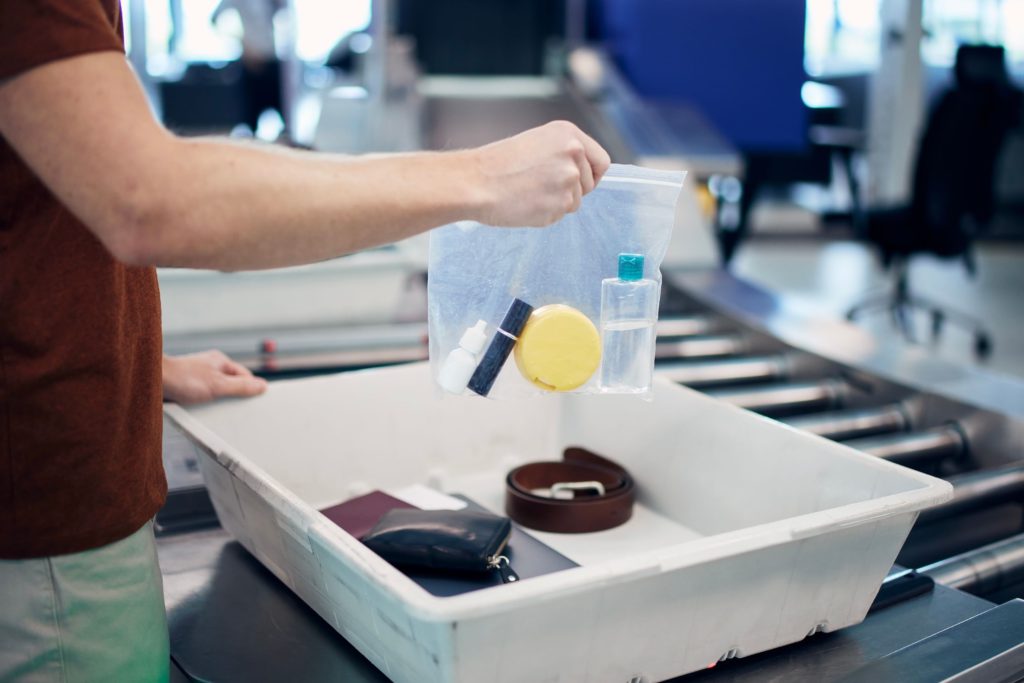
The TSA’s liquid restrictions may seem arbitrary, but understanding their origin and proper navigation saves both time and toiletry disasters. Since then, travelers worldwide perform the ritual of cramming toiletries into tiny bottles and clear bags.
Most follow these rules without question. Meanwhile, security experts quietly acknowledge that modern scanning technology could handle larger liquids safely.
So why does the rule persist? Changing international security standards moves at roughly the same pace as continental drift. It’s a bureaucratic game of telephone spanning hundreds of agencies across 200+ countries.
Navigate these restrictions by purchasing TSA-approved toiletry bottles. Pack them in easily accessible outside pockets. Consider solid alternatives like shampoo bars and powder sunscreen—they’re like the loophole characters in legal dramas who technically follow all the rules.
4. Free Water

Water bottle filling stations throughout 84% of major US airports offer premium filtered water without the premium $7 price tag. $5-7 for a bottle of something that falls freely from the sky? Hard pass.
Instead, locate water bottle filling stations. These refreshment oases appear in major US airports, typically near restroom areas or food courts.
Bring an empty bottle through security and fill it afterward. Clean, filtered water awaits on the other side of the checkpoint—free of charge and judgment.
The stations often come equipped with counters showing how many plastic bottles they’ve saved. You’ll hydrate while feeling smugly environmental (win-win).
Seek fountains near family restrooms or airport chapels for newer stations with shorter lines. Why pay premium prices when free options exist around the corner?
3. Hidden Lounges
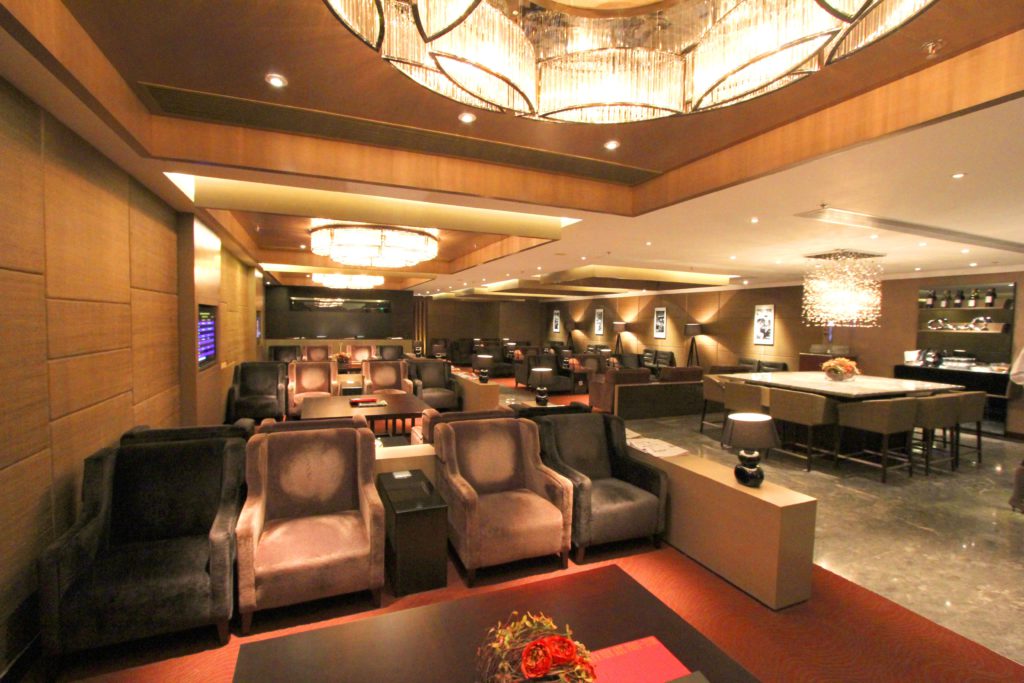
If you’re unwilling to pay for lounge access but crave comfortable seating and charging outlets, these hidden terminal spots deliver similar luxuries for free.
Look instead for free alternatives that deliver similar comforts. Airport recliners hide in quieter corners like secret easter eggs in a video game. These comfortable seats often lurk near international gates or less-trafficked terminals.
Charging stations scatter throughout terminals—particularly in recent renovations. These areas typically include power outlets and decent seating without the lounge price tag.
Terminal maps sometimes mark “rest zones” or “quiet areas.” These spaces offer what feels like exclusive lounge perks but with a much better price point (free).
Research airport amenities before trips using resources like SleepingInAirports.net. This preparation helps locate comfortable areas without paying premium prices for slightly better cookies.
2. Wing It
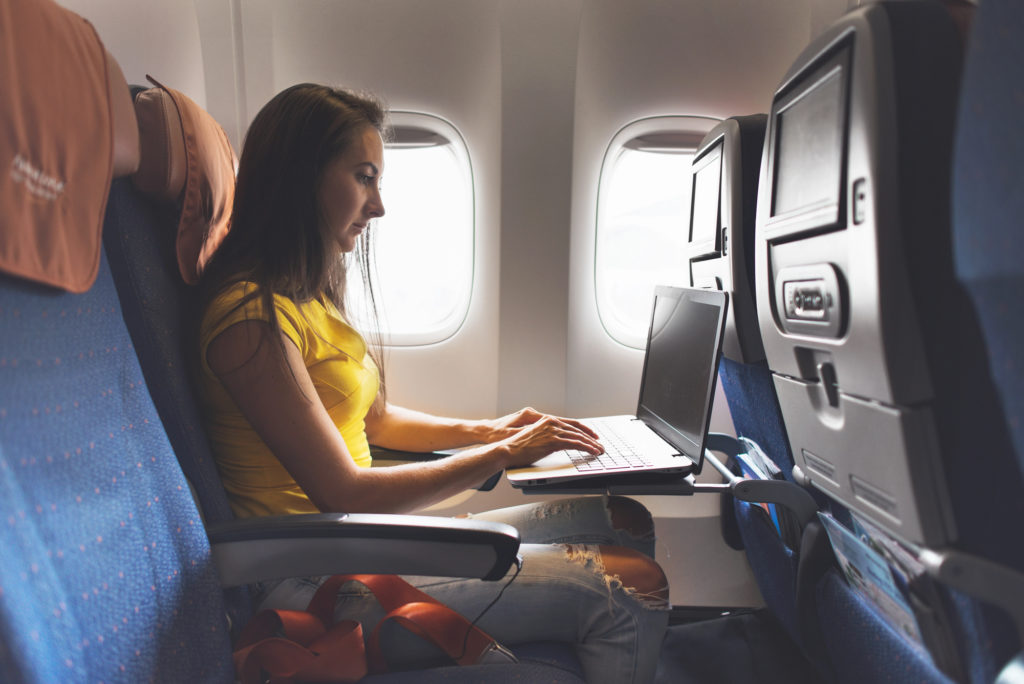
During turbulent flights when drinks spill and stomachs lurch, passengers seated over the wings enjoy significantly smoother experiences. It’s like real estate—location truly matters.
The area over the wings offers the smoothest ride, functioning as the plane’s balance point. Flight data reveals turbulence feels up to 2.3 times stronger in rear sections. The back of the plane transforms minor air pockets into a theme park attraction nobody signed up for.
An off-duty pilot once shared that crews literally fight over wing-adjacent jumpseats during routes known for rough air. That’s essentially industry insiders telling you exactly where you want to sit.
For your next booking, target rows 10-25 on narrow-body planes like Boeing 737s or Airbus A320s. This small selection choice can dramatically improve your flying experience without costing an extra penny.
1. Salty Secret
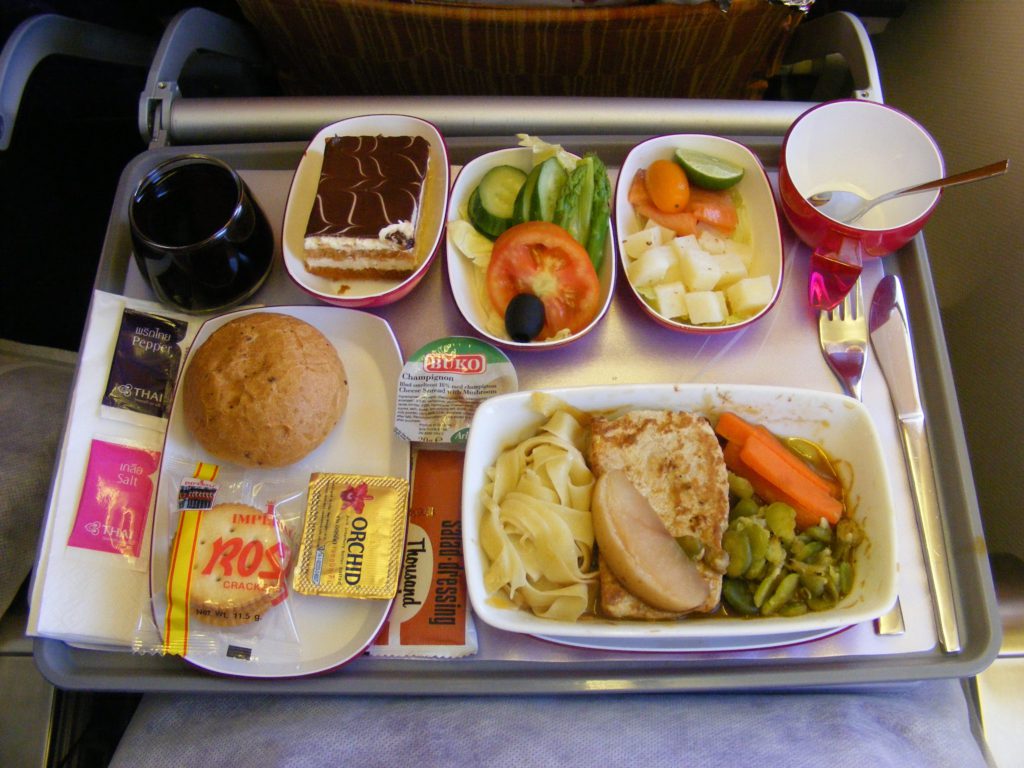
When that in-flight meal tastes strangely bland or intensely salty, you’re experiencing a scientific phenomenon that affects all air travelers equally. At cruising altitude, cabin pressure and low humidity dull taste buds by up to 30%. It’s like trying to enjoy a gourmet meal while having a mild cold.
Research shows saltiness perception decreases by 20-30% and sweetness by 15-20% up there. Airlines compensate by cranking up seasoning levels. Their food scientists essentially play with the flavor sliders like DJs adjusting sound levels.
Airport and airline meals contain significantly more salt and seasoning than identical dishes served at ground level. Your body isn’t lying when everything tastes different at 35,000 feet.
Nutritionist Dr. Karen Thompson suggests bringing umami-rich foods. “Nuts, cheese, and tomato juice maintain their flavor profile better at altitude.” These items taste nearly the same regardless of elevation.
Packing your own snacks guarantees a more enjoyable in-flight dining experience without the salt overload. If you enjoyed this post, here are even more airport secrets that you should know.




























